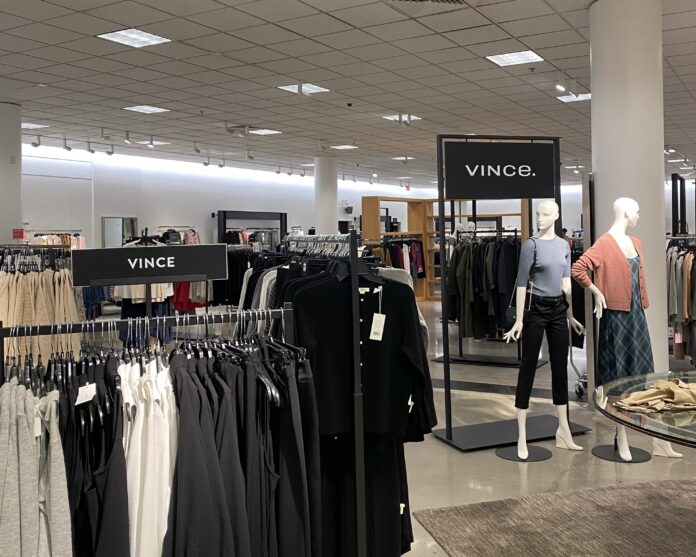I chose to further my primary research by conducting interviews with Nordstrom Easton Town Center employees, who also participated in my survey. My survey was about how the employees look at the overall customer service from other types of stores and their customer service preferences, so I got a general perspective of their view on customer service. For my interviews, I wanted to hone in on researching the standpoint of customer service employees and how they provide service. Also, I wanted to know how or if their experience working in customer service affects their perspective of customer service at other places. With this research, I hoped to find unique viewpoints on customer service as we typically don’t find feedback about customer service from the employees actually providing it. Below are the questions I asked the interviewees.
Interview Questions
- What department do you work in?
- What is your position?
- How long have you been working here?
- How would you describe Nordstrom’s approach to customer service?
- How would you describe the customer service Nordstrom provides their customers in your department specifically?
- How important is personalization in your interactions with customers?
- (if they think it’s important) how do you achieve it?
- Can you share a memorable experience where you went above and beyond for a customer?
- What are your favorite things about providing customer service at Nordstrom?
- What are the biggest challenges you face when delivering customer service at Nordstrom?
- Has working at Nordstrom changed the way you perceive customer service at other businesses? If so, how?
- When you visit other stores or use services elsewhere, what aspects of their customer service do you pay more attention to?
- Do you find that you have higher standards for customer service when shopping or dining elsewhere because of your role at Nordstrom?
- How do you compare self-service experiences (e.g., kiosks, apps) to the personalized service provided at Nordstrom?
My first interviewee was the Service Experience Department Manager. He is 44 years old and has been with Nordstrom for 19 and a half years. The second employee I was able to interview was the Assistant Women’s Apparel Department Manager. She is 23 years old and has only been with the company for 1 year. Despite only having two interviews, both are able to give two very different viewpoints of customer service within the company. Both of them are from different generations, the difference in length of employment at the company is over 18 years, and the first works in customer service while the second works in a selling department. I did not necessarily go in with the intent to only interview managers, but I am glad I was able to get this angle that I initially was not considering.


Using affinity diagramming, I compared and analyzed the two interviews with each other. I first jotted down all the answers from the interviews onto sticky notes (virtually) and then clustered them together based on the patterns I saw within the answers. Out of all the answers to the ten questions I asked them, I grouped them into five main groups. Unsurprisingly, the groups are linked to the questions that they were asked, but the content within each is what is really interesting. Without explaining each little sticky note, I’ve pulled out the three most interesting findings.
- Learning about the customer helps provide the best experience for both the customer and employee. Becoming knowledgeable about their needs makes it easier to assist them and personalize their experience, in turn making the customer happy.
- Self-service is a matter of preference and inevitable in today’s world.
- Despite one saying they don’t have higher expectations of customer service at other places and one saying they do, they both listed the same expectations of service.
To conclude, I wanted to touch on the third point and a quote one of the interviewees said in regards to that.
“Customer service is a metric.”
This answer really stood out to me as the entire time I was researching customer service I was looking at the qualitative results it should seek to achieve while this quote says that are quantitative aspects that I could be be researching. Or perhaps, this answer meant to say customer service can be looked at on a scale. The different types of customer service (in-person or self-service) offer different levels of customer service. Where should my project fall on that scale? Overall, these interviews gave good insights into customer service and more food for thought going into the next phase of this project.
References.
Krause, R., & Pernice, K. (2024, April 26). Affinity diagram: How to cluster your ideas and reveal insights. Nielsen Norman Group. https://www.nngroup.com/articles/affinity-diagram/




